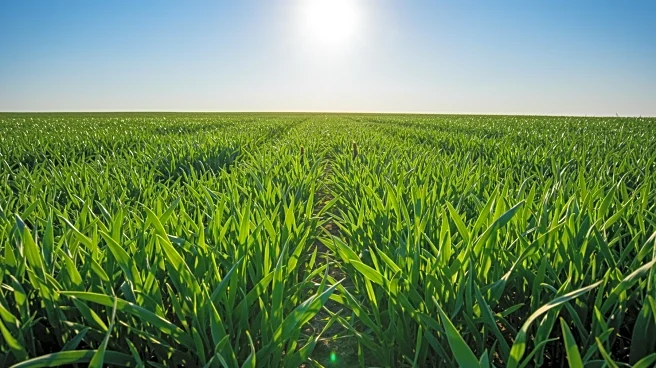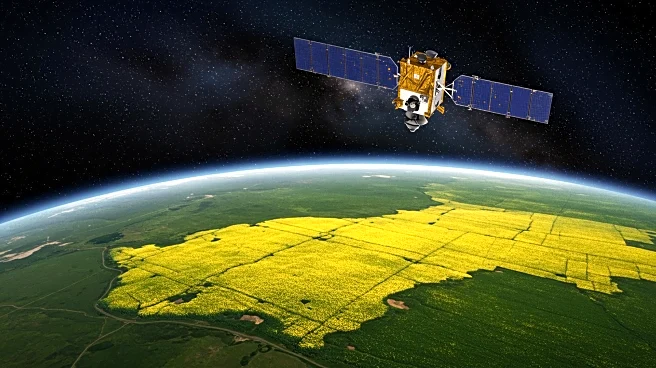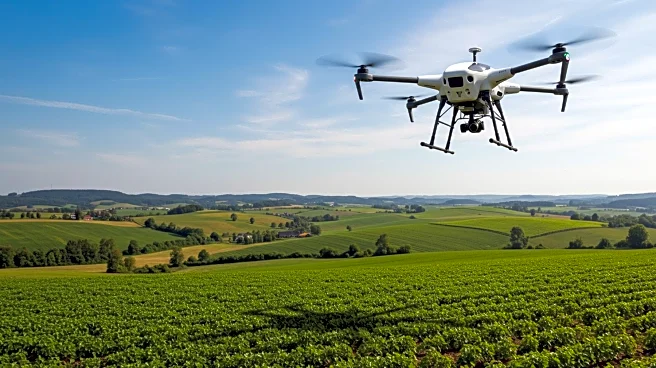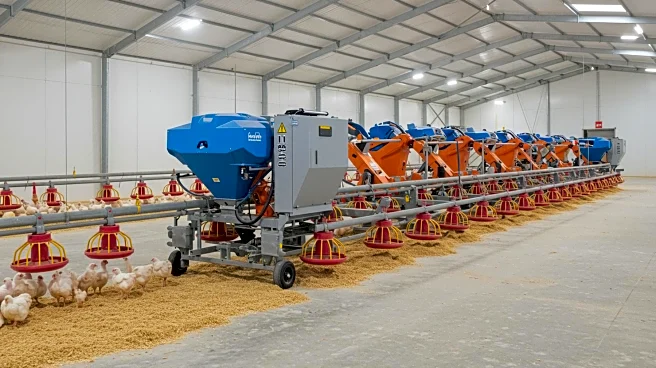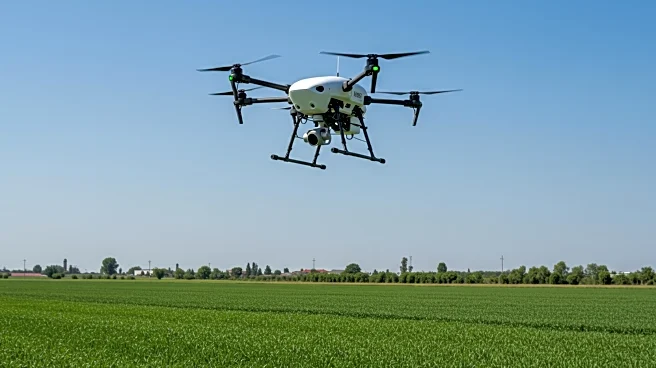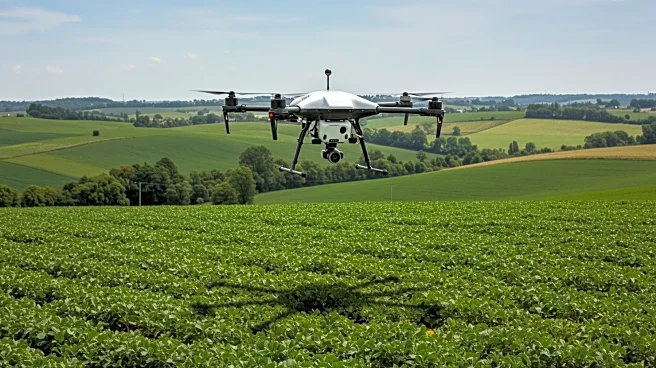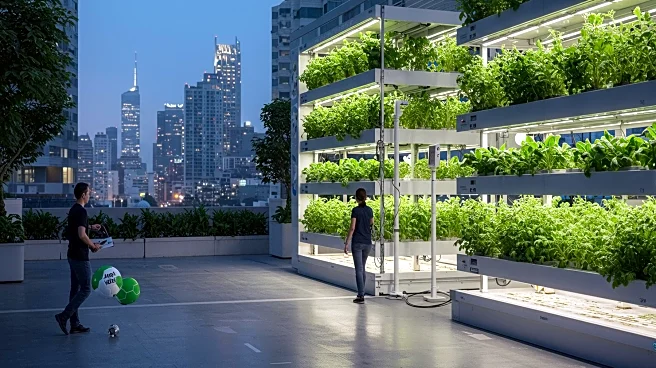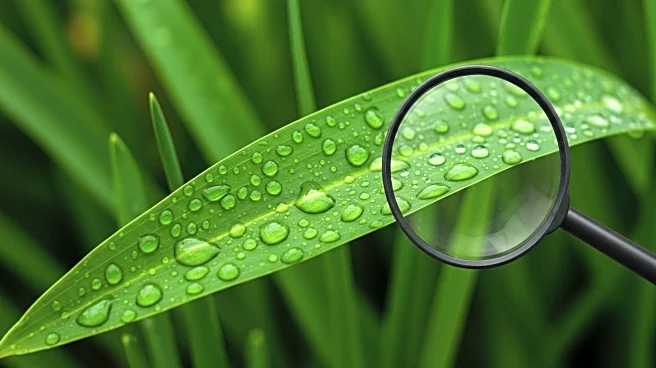Rapid Read • 8 min read
The global digital agriculture software market is poised for substantial growth, according to a comprehensive study by HTF Market Intelligence. The report, spanning 143 pages, forecasts a compound annual growth rate (CAGR) of 15.10% from 2025 to 2032. This growth is expected to elevate the market's value from $12.3 billion in 2025 to approximately $33.4 billion by 2032. The study highlights key players in the industry, including Deere & Company, Trimble, Climate Corporation, SAP, AG Leader, BASF, Granular, and AgriWebb, among others. The report categorizes the market by types such as farm management software, precision agriculture software, data analytics, IoT-enabled software, and AI-powered software. It also examines applications like crop management, livestock monitoring, supply chain optimization, irrigation systems, and weather forecasting. The adoption of precision farming, automation in agriculture, and AI-driven insights are identified as current market trends.
AD
The projected growth of the digital agriculture software market is significant for several reasons. As global populations increase, the demand for efficient and sustainable agricultural practices becomes more pressing. Digital agriculture software provides farmers with advanced tools to optimize farming practices, enhance crop yields, and promote sustainability. The integration of IoT, AI, and data analytics in agriculture allows for better decision-making and resource management, which is crucial for meeting the rising food demands. This market expansion also presents opportunities for technological innovation and investment in the agricultural sector, potentially leading to increased productivity and reduced environmental impact. Stakeholders in the agriculture industry, including farmers, technology providers, and investors, stand to benefit from these advancements.
As the digital agriculture software market continues to grow, stakeholders can expect increased investment in research and development to further enhance technological capabilities. Companies may focus on developing more sophisticated AI and IoT solutions to address specific agricultural challenges. Additionally, there may be a push for greater adoption of these technologies in regions with high agricultural output, such as North America, which is currently the dominant and fastest-growing region in this market. Policymakers and industry leaders may also collaborate to create supportive frameworks that encourage the integration of digital solutions in agriculture, ensuring that the benefits of these technologies are maximized across the sector.
AD
More Stories You Might Enjoy


